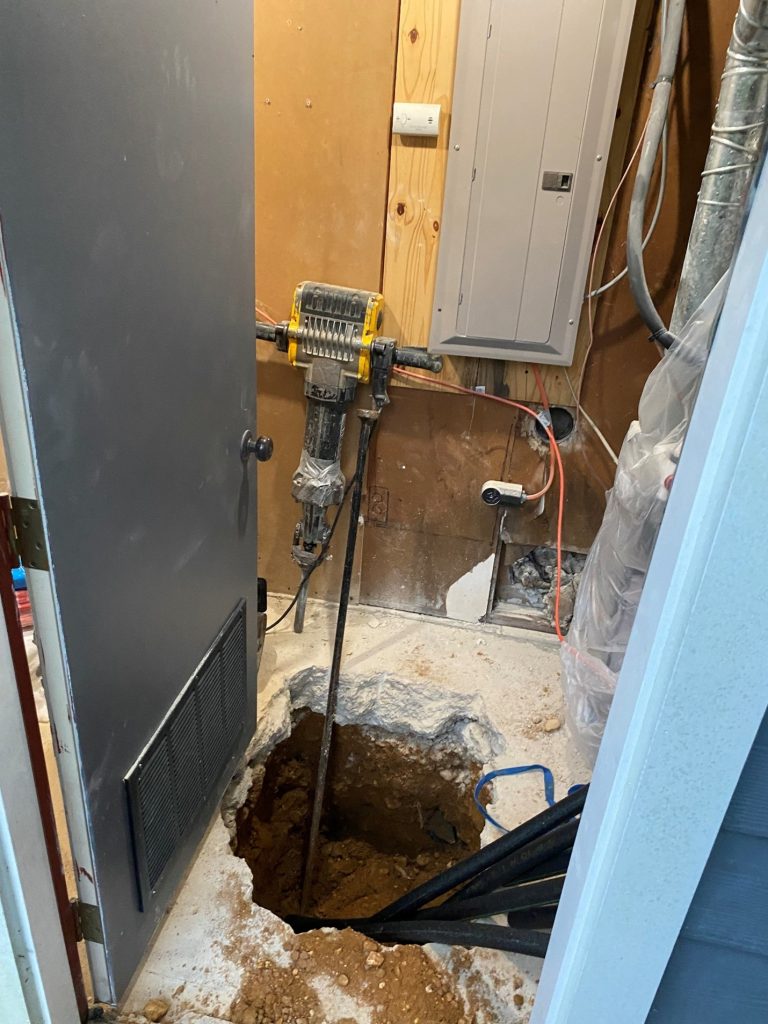
Many buildings today utilize rooftop equipment. Generally speaking, most rooftop HVAC air handling units and exhaust fans are installed with duct connections made below the roof. Every once in a while, we find that roof mounted duct is required to get the air where it needs to go.
Designing rooftop duct is not as simple as designing interior duct which must meet the requirements of the SMACNA 1966 HVAC Duct Construction Standard. Special considerations need to be made to accommodate forces the duct may experience due to its exterior location. To design around these exterior forces, the SMACNA 1520 Round Industrial Duct Construction Standard and the SMACNA 1922 Rectangular Industrial Duct Construction Standard should be utilized. These industrial duct construction standards provide the engineer tools to determine the maximum critical pressure a duct could see based on factors which include duct material and gage, duct reinforcement type and spacing, wind loading, snow loading, ice loading, and more.
The industrial standards allow the engineer to design each segment of duct in detail. Indicating such exact duct construction requirements on construction documents can often result in pigeon holing a contractor into a possibly more costly and complex fabrication and installation processes than may be required. I have found through multiple designs requiring roof mounted ductwork that the most economical way, pertaining both to design and construction costs, of specifying exterior duct is to require duct construction in accordance with the SMACNA 1966 HVAC Duct Construction Standard while scheduling the ductwork to meet the worst case critical pressure the duct could experience based on the industrial duct construction analysis performed by the engineer.
This approach to exterior duct design allows contractors to design the duct in accordance with the SMACNA manual they are most used to using while ensuring the ductwork will be strong enough to handle all the design loads determined by the engineer using the industrial duct construction standards. It also allows the contractor more flexibility in their duct design, as the only requirements mandated by the engineer is the sheet metal gage and duct pressure class. More flexibility allotted to the contractor often results in faster and more economical overall construction which should be a goal of all designs.






